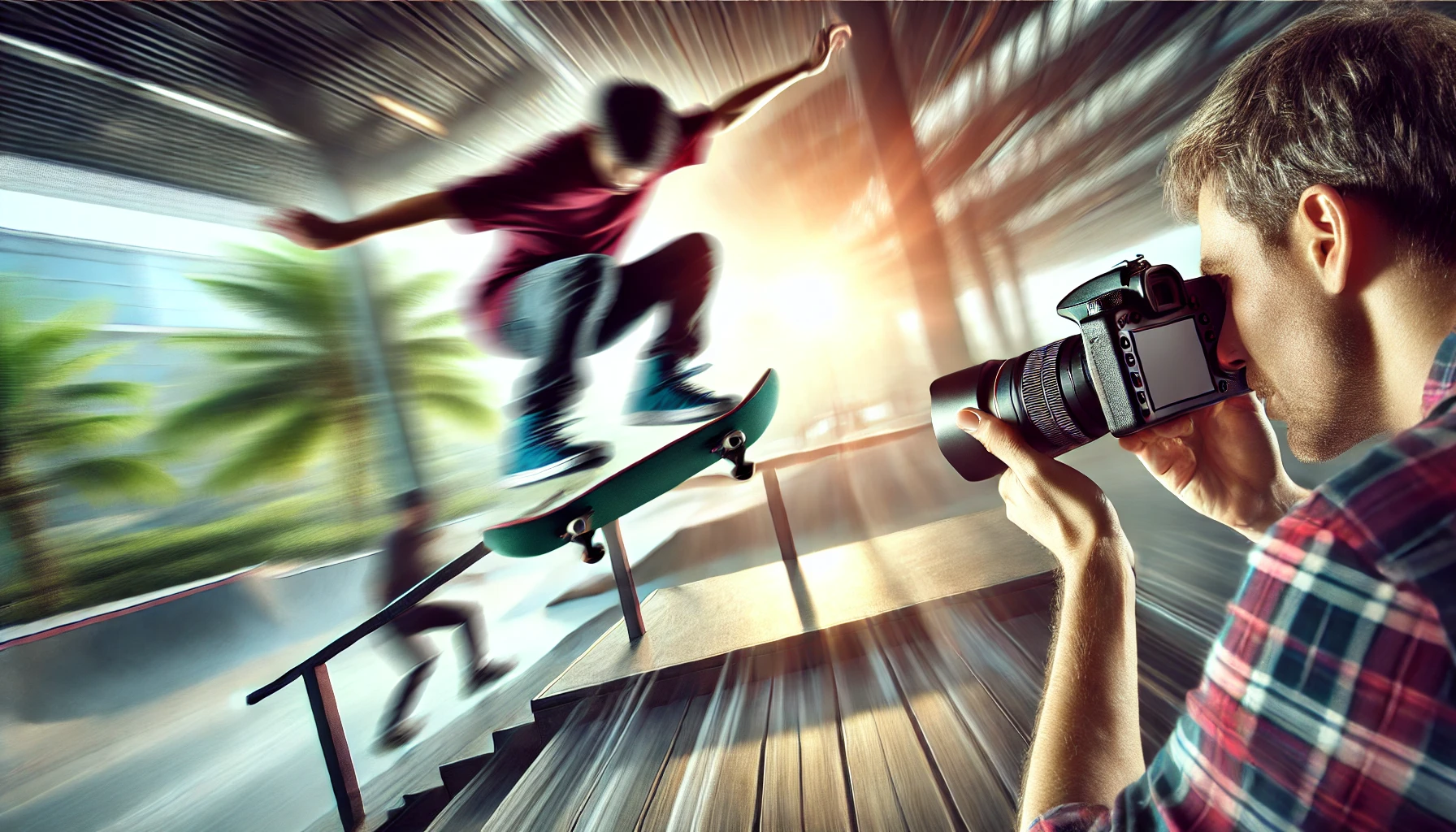Photographing action scenes requires skill, timing, and the ability to freeze or convey motion. Whether it’s sports, wildlife, or everyday activities, capturing the energy and movement in your photos can make them come alive. Here’s how to master action photography.
1. Use a Fast Shutter Speed
To freeze motion, set your shutter speed to at least 1/1000 of a second. This ensures sharp images of fast-moving subjects.
Pro Tip: For slower action or to create a sense of motion, experiment with panning or slower shutter speeds.
2. Adjust Your Camera Settings
Use the following settings for optimal results:
- Burst Mode: Capture multiple frames quickly to increase the chance of getting the perfect shot.
- Continuous Autofocus (AI Servo/AF-C): Keeps moving subjects in focus.
Pro Tip: Increase your ISO in low-light situations to maintain fast shutter speeds.
3. Anticipate the Action
Understanding your subject helps you predict where the action will happen. For example, knowing an athlete’s next move or the direction of a running animal improves your timing.
Pro Tip: Pre-focus on a specific spot where the action is likely to occur.
4. Experiment with Angles
Dynamic angles add excitement to your photos.
- Low Angles: Make subjects appear larger and more dramatic.
- Side Views: Highlight speed and direction.
Pro Tip: Use a wide-angle lens for expansive scenes with a sense of motion.
5. Use Motion Blur Creatively
Instead of freezing motion, use slow shutter speeds to create artistic motion blur. This works well for subjects like running water or car light trails.
Pro Tip: Panning with a moving subject keeps it sharp while blurring the background.
6. Incorporate Backgrounds
The background can enhance or detract from your action shots. Choose uncluttered backgrounds to keep the focus on the subject.
Pro Tip: Use depth of field to blur the background while keeping the subject sharp.
Checklist for Action Photography
- Is your shutter speed fast enough to freeze or convey motion?
- Are your camera settings optimized for the speed of your subject?
- Have you chosen the best angle and composition for the scene?
Action photography is about capturing the essence of movement and energy. With practice and creativity, you can produce dynamic shots that tell a story and captivate viewers.
